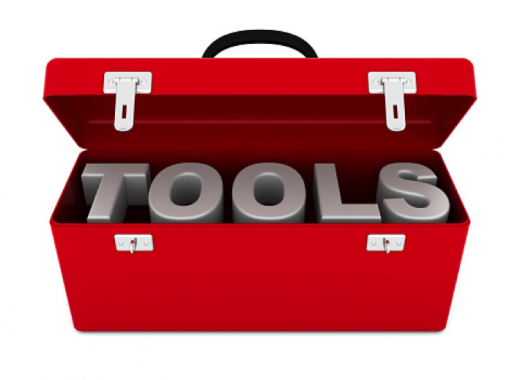Analyzing the U.S. economy gets messy. But, I find it helpful to focus on some very basic things. Catching the turning points can make or break a business or government budget. While I indeed look at scores of tables and charts, the following handful of items are what I am paying attention to now and so should you.
In broad “story” terms, we don’t seem to have major imbalances (except for possibly the stock market). This means we will get a heads-up if any significant slowing of economic growth is about to happen. This also means the next downturn will likely be mild and manageable. But, if you are currently having budget problems, you really shouldn’t be, and you need to steady the ship now. Also keep in mind that when times are about to change, the economic reports become inconsistent. For example, we might see a solid GDP number, but employment growth begins to stall. Inconsistencies always come just before things go sideways.
On the individual items, start with Real GDP. Don’t put too much weight on any one report. If you need a general rule of thumb, north of 2.0% growth is steady territory; below 1.5% is a problem; and sub 1.0% is bad. For employment, my rule of thumb is new jobs in excess of 250k each month is very good; 150-250k is mid to good; and south of 150k is relatively weak. Worry when new job counts are less than 100k over multiple months.
Also look for turning points in the less popular data like retail sales, government tax collections, and housing activity. Pay more attention to changes in the rates of growth rather than overall levels.
This is for the U.S. Each state will have its own set of things to follow. I will cover that later.







